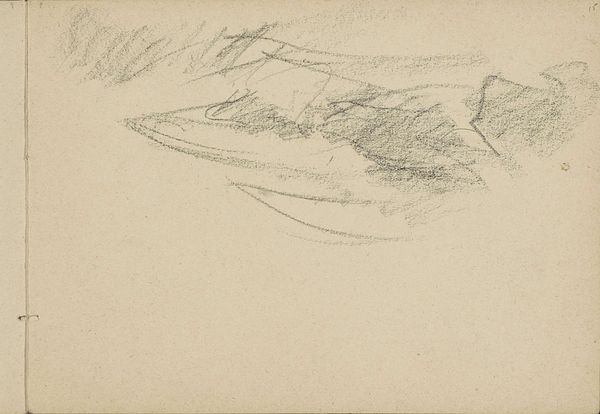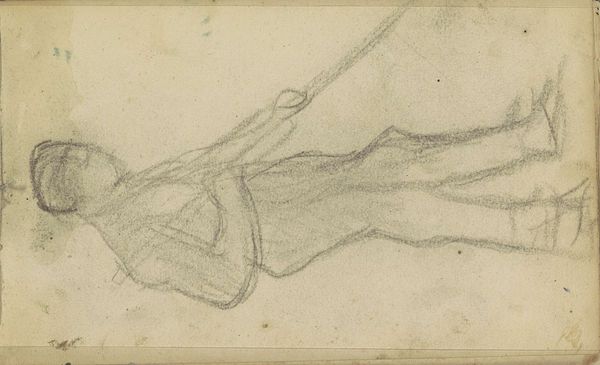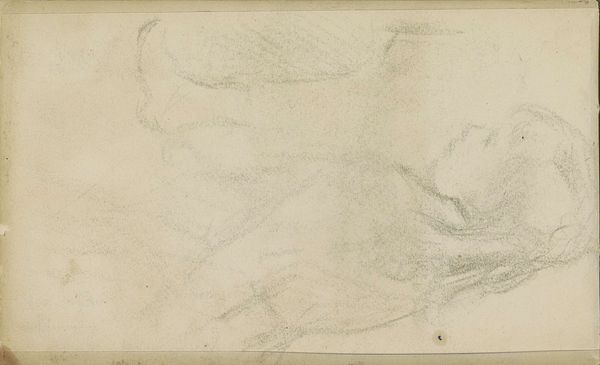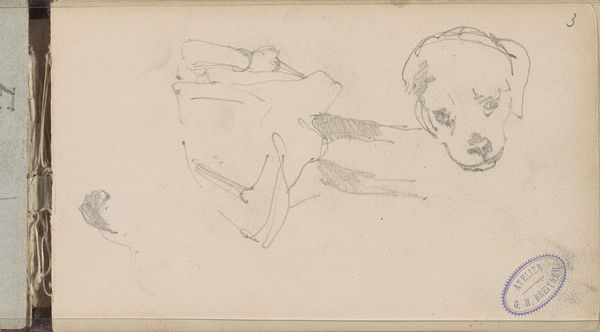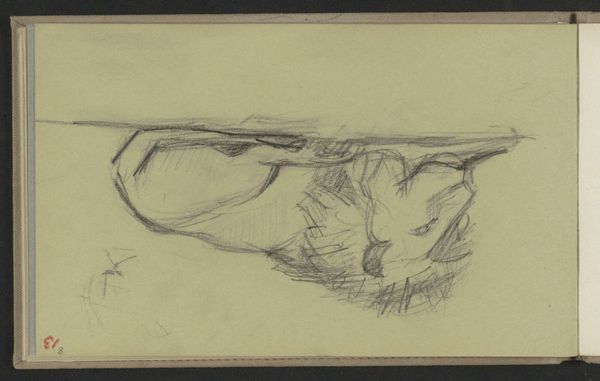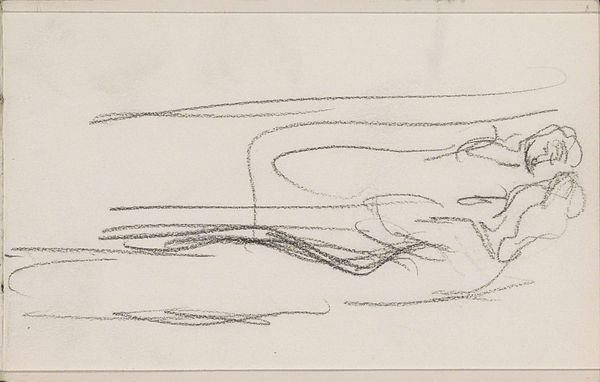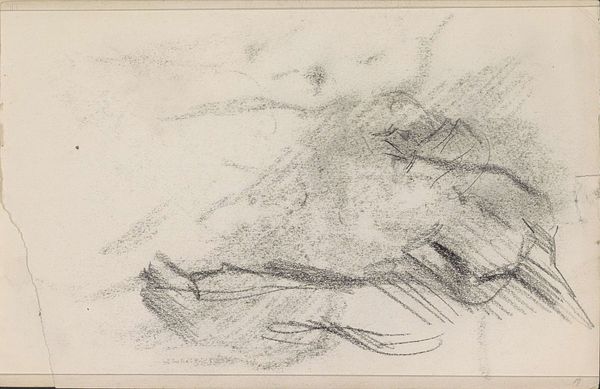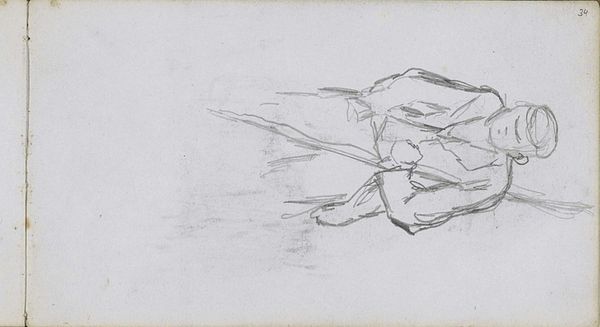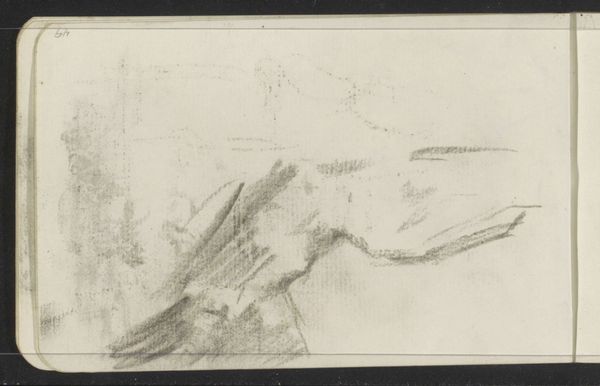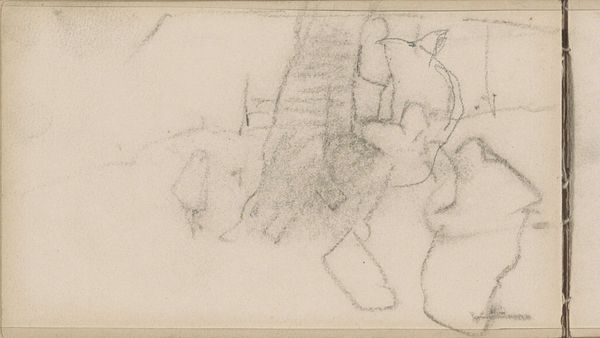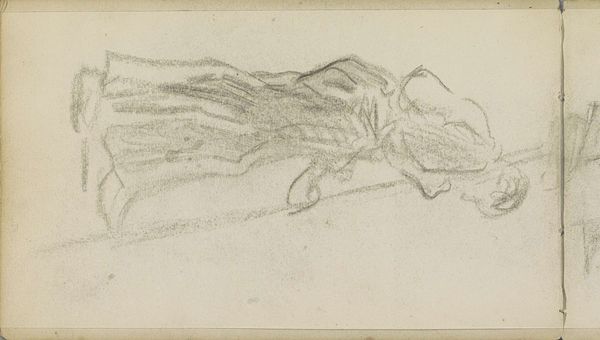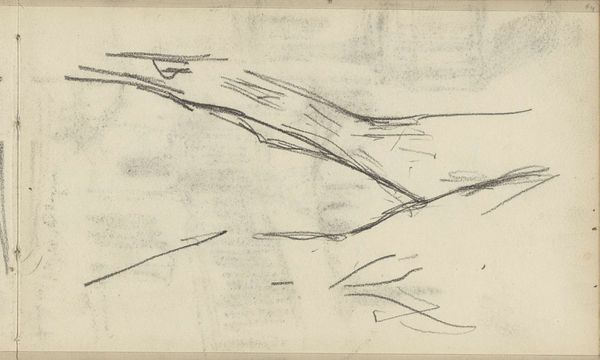
drawing, pencil
#
portrait
#
pencil drawn
#
drawing
#
pencil sketch
#
pencil drawing
#
pencil
#
realism
Copyright: Rijks Museum: Open Domain
Editor: This is Jozef Israëls' "Girl, Standing with Her Arms Behind Her Back," created sometime between 1834 and 1911. It's a pencil drawing. It’s surprisingly gentle, despite its simplicity. What strikes you about this drawing? Curator: What immediately comes to mind is the social context of the late 19th century. Israëls was a prominent figure in the Hague School, and they were known for their realistic depictions of everyday life, particularly focusing on the working class and rural communities. Do you think this piece reflects those concerns? Editor: I suppose it does. There’s a sense of unadorned reality in her posture and the simplicity of the medium. It’s not romanticized at all. Curator: Exactly! And that’s a key aspect of the Hague School's project. They wanted to represent the world as they saw it, without the idealized filters of academic painting. It was a conscious effort to democratize art, bringing it closer to the experience of the common person. Consider how this contrasts with earlier portraiture traditions, focused on nobility. Editor: That makes a lot of sense. So, in a way, this simple drawing is making a political statement? Curator: In a very subtle way, yes. It's about who gets represented and how. It elevates the everyday, implying dignity even in simple circumstances. How might this artwork’s presence in a museum like the Rijksmuseum shape its interpretation today? Editor: That's interesting... Putting it in a museum context elevates it further, giving importance to a subject who, in her own time, might have been overlooked. Curator: Precisely! And that act of institutional validation changes the narrative. It invites us to reconsider whose stories are worth preserving and celebrating. Editor: I hadn't considered all those layers of meaning! I initially just saw a simple drawing, but it speaks to larger issues about representation and social class. Thanks! Curator: My pleasure. It's a reminder that art is always in dialogue with its time and place, and that museums themselves play an active role in shaping that dialogue.
Comments
No comments
Be the first to comment and join the conversation on the ultimate creative platform.
